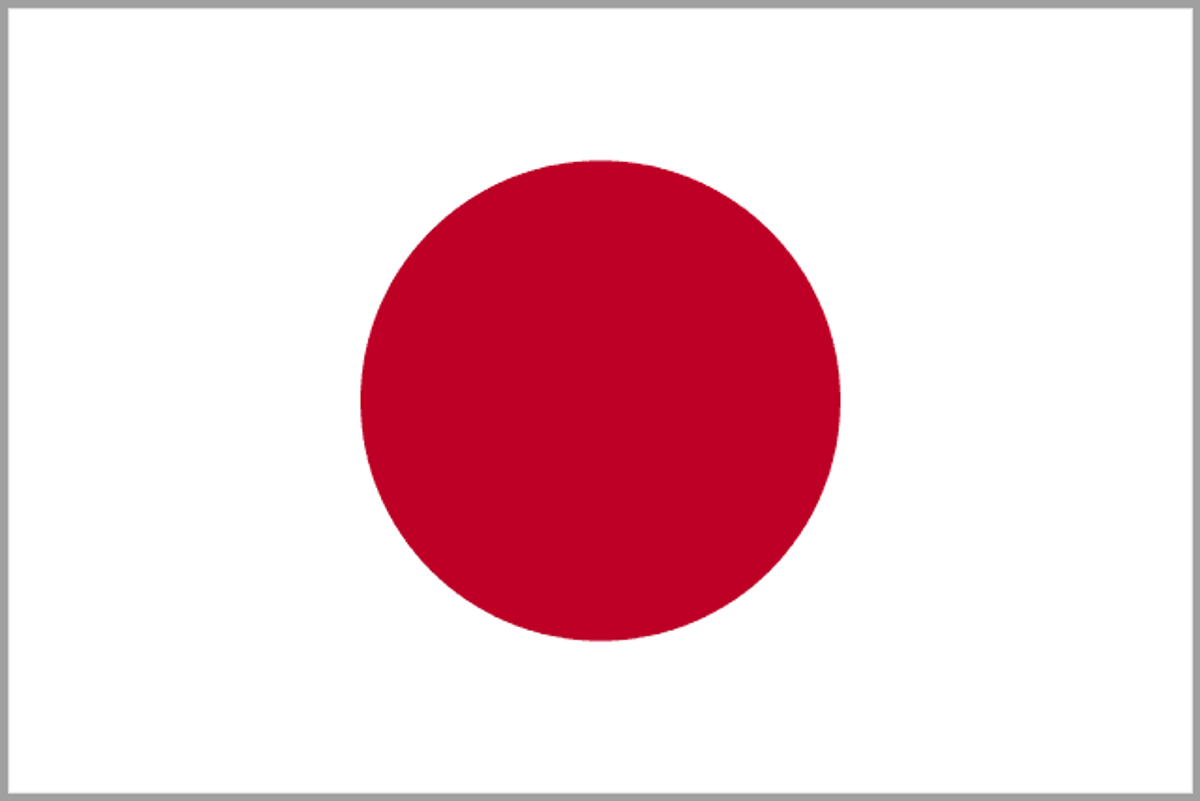Uranium Future Outlook: What do Restarts in Japan Mean for Uranium Juniors?

Uranium demand has been slow to recover post-Fukushima, but as anyone watching the space knows, Japan has been working hard to get its nuclear power plants back on track. Every step it has taken has reflected positively on uranium stocks and the uranium future outlook.
Uranium demand has been slow to recover post-Fukushima, but as anyone watching the space knows, Japan has been working hard to get its nuclear power plants back on track. Every step it has taken has reflected positively on uranium stocks and the uranium future outlook.
While the uranium price has been lackluster as of late, remaining unchanged at $36.50 per pound of U3O8 for the last few weeks, analysts believe the bottom has finally hit thanks to the expected restarts in Japan as well as new power plants being built in China. While oversupply has kept the uranium price depressed, this new demand has market participants foreseeing a supply deficit by the year 2020.
Naturally, uranium company stocks react every time news is released from Japan, and the latest news was no different. Last Wednesday, Japan’s Nuclear Regulation Authority granted Shikoku Electric Power Company (TSE:9507) permission to make changes to the installation of unit 3 at its Ikata nuclear plant. Cantor Fitzgerald’s Michael Wichterle noted that it is the fifth reactor to obtain safety approval based on stricter safety standards, following Kyushu Electric Power Company’s (TSE:9508) Sendai units 1 and 2 and Kansai Electric Power Company’s (TSE:9503) Takahama units 3 and 4. He also said in the note that another 20 reactors in Japan are currently moving through the restart process.
At the beginning of July, World Nuclear News announced that the Sendai reactor was being loaded with nuclear fuel, another major milestone that got the attention of analysts.
“After a two-year nuclear hiatus across all of Japan, the fact that a power plant is being refueled marks a milestone event as the road to ultimate re-starts will likely happen in August,” Cantor Fitzgerald’s Rob Chang said in a research note. “This should be positive across the board for all uranium companies.”
Chang also noted that Japan’s Institute of Energy Economics expects that 11 reactors could be back online by March 2016, while Cantor Fitzgerald estimates nine restarts by that time.
Uranium juniors
While the current price environment makes it difficult for uranium exploration companies to justify forking out cash for new projects, those that already have projects in the works and are able to weather the price storm will likely benefit greatly once the demand boost regulates the space. Cameco (TSX:CCO,NYSE:CCJ), the world’s largest uranium company, said at the Global Uranium Conference that in order to fulfill uranium requirements once the deficit hits, the world will need four more Cigar Lake mines. The project is expected to produce 18 million pounds of uranium annually when it reaches peak production.
At present, there aren’t any projects that are even close to fitting the bill for that volume of demand, meaning any projects already in the works will be essential when this happens.
“The only ones that have a decent size and that can produce, say, 5 to 10 million pounds annually, is maybe what Fission Uranium (TSX:FCU) has in Patterson Lake South (PLS), likely what NexGen Energy (TSXV:NXE) has once their resource estimates come out,” Chang said after the conference.
While the deficit isn’t expected for a few more years, considering the time and money it takes to get a uranium project underway, those companies already exploring their respective sites, gaining the necessary permits and building capital are set to succeed once the surge of demand hits the space down the road.
In terms of permits, a couple of uranium companies received different permits last week. Uranium Energy (NYSEMKT:UEC) received two final Class 1 disposal well permits from the Texas Commission on Environmental Quality for its Burke Hollow project on Wednesday, and Energy Fuels (TSX:EFR,NYSEMKT:UUUU) was granted approval to make major revisions to the existing mining permit at its Sheep Mountain project.
Securities Disclosure: I, Kristen Moran, hold no direct investment interest in any company mentioned in this article.





